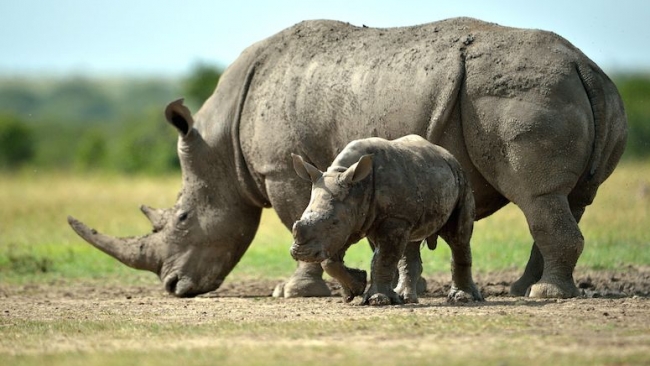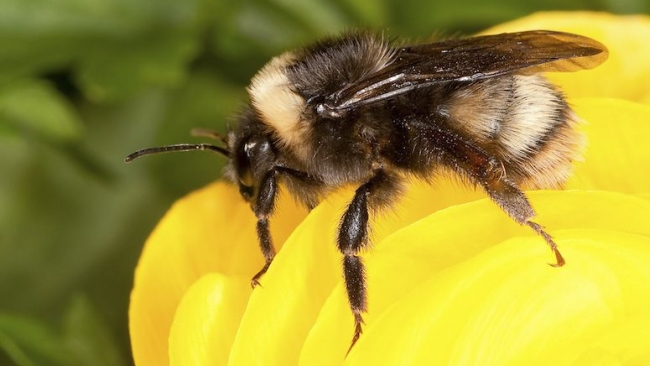Will Bioengineered Rhino Horns Save the Species or Kill It Off?

Two conservation groups want the U.S. government to ban the sale of synthetic horns.
A conservation-minded start-up wants to save endangered rhinoceroses by growing rhino horns in the lab. Now some environmental groups contend that the synthetic version not only is illegal but will increase demand for real rhino horns.
On Wednesday, the Center for Biological Diversity and a conservation group called WildAid filed a petition asking the United States Fish and Wildlife Service to “ban the import, export, and sale of ‘cultured’ rhinoceros horn.â€
One of the companies to developing synthetic rhino horns is a Seattle-based start-up called Pembient.
Rhino horn sells for upwards of $65,000 per kilogram, according to Matthew Markus, chief executive of Pembient, which is seeking to “biofabricate†horns at a fraction of that price. The idea: Flooding the market with fake rhino horns will drive down the price for the real thing, reducing the financial incentive for poachers to kill the animals.
Markus said he hoped the synthetic horn would provide an outlet for consumers in the same way faux fur has in the past.
Rhino horns, most of which come from poached animals in South Africa, are popular in China and Vietnam, where the horn is consumed in powder form in the belief that it can treat everything from hangovers to cancer. Intact horns are also carved into decorative items such as jewelry.
The number of rhinos killed by poachers in South Africa jumped from 262 in 2008 to 1,215 in 2014, according to the Center for Biological Diversity.
Under the U.S. Endangered Species Act and the Rhinoceros and Tiger Conservation Act, the commercial import, export, and interstate commerce of any products derived from rhinos is unlawful.
“Pembient’s cultured rhino horn is a ‘product’ of ESA-listed…rhinoceros,†the petition reads. “To produce its cultured horn, Pembient will insert the rhinoceros gene sequence that codes for rhino keratin into yeast, which then multiplies.â€
Source: Takepart
Mon 15 Feb 2016 at 10:39





